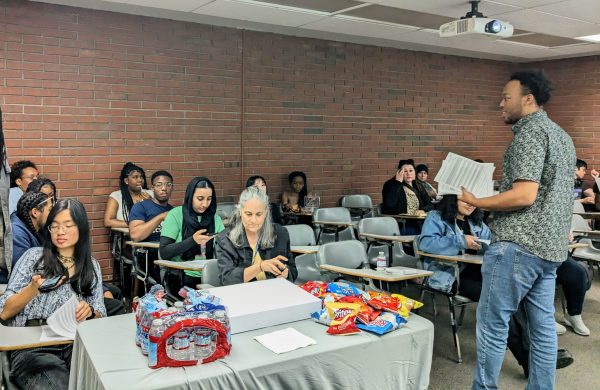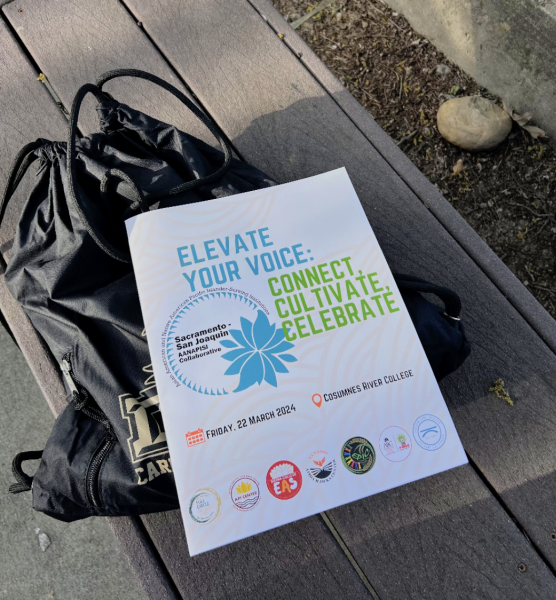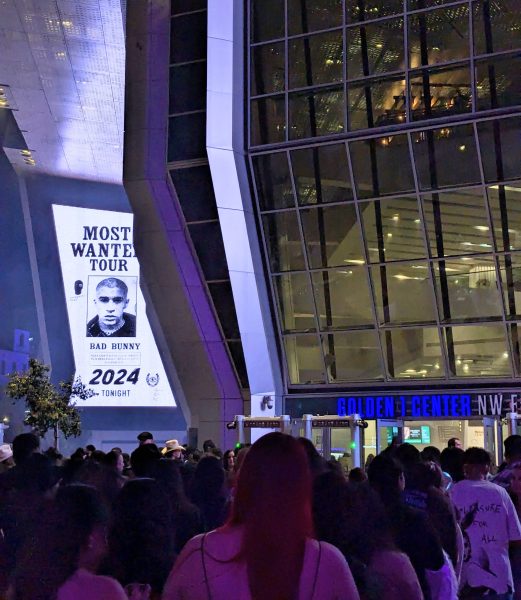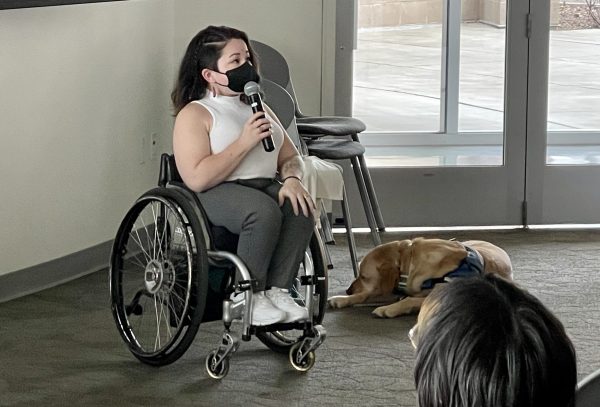Eye strain linked to the overuse of technology
As technology continues to grow at a rapid pace, it is obvious that digital technology isn’t going away anytime soon and as these devices become a bigger part of our daily lives, it’s our eyes that are paying the price.
With 60.8 percent of adults staring at digital screens for more than five hours a day, according to studies done by The Vision Council, it is no wonder digital eye strain is becoming more common.
Digital eye strain is the temporary discomfort felt after more than two hours in front of a digital device, according to The Vision Council. Symptoms may include eye strain, dry eyes, headaches and even blurred vision.
“The human eye is not designed to look at computer screens eight hours a day,” said Michael Wang, a local optometrist at the Royo Eye and Laser Center in Sacramento.
According to The Vision Council, two in five millennials, which includes many college students, spend up to nine hours looking at a screen that emits harmful blue light.
Wang said that one of the big problems is that people don’t blink enough which can cause uncomfortable dry eyes.
When patients are looking at a computer for eight hours, they don’t blink because they are so focused. They are consumed, almost obsessed, by their cell phones and by their computers
— Michael Wang - Optometrist
“When patients are looking at a computer for eight hours, they don’t blink because they are so focused,” he said. “They are consumed, almost obsessed, by their cell phones and by their computers.”
Wang said people using screens should use the 20/20/20 rule. This involves looking away from your screen every 20 minutes, looking 20 feet away and blinking for 20 seconds.
The sun can also be a huge part in preventing eye strain.
“Lighting makes a huge difference,” Wang said “Sunlight is the best light for the eyes.”
Wang said the animal kingdom is an example of how sunlight can be beneficial to the eyes. Animals who live in the sunlight like hawks and eagles have very good eyesight, unlike animals that live in the dark, such as mole and shrews, Wang said.
“I’m trying to encourage kids to read by sunlight instead of in the dark and to put the iPad away,” he said.
Wang said he reminds patients that, although sunlight is good for the eyes, direct ultraviolet light emitted from the sun can be just as harmful as blue light emitted from screens. However, sunglasses are an easy way to protect your eyes when outside.
As digital screens become an essential part of our lives, finding ways to limit the amount of strain put on the eyes becomes more important. . Inventions such as glasses with digital lenses are helping people focus more clearly on screens and limiting these harmful effects
Although prevention is a huge part of fighting for our eyes, it’s only possible if people are aware of the effects of their devices.
Unfortunately, 72.5 percent of adults are unaware of the harmful effects of blue light, according to The Vision Council.
Chris Ragotero a 20-year-old criminal justice major, said more information on the subject should be posted where students can easily see it, such as D2L or the CRC website.
“Our generation is known for using technology all the time,” Ragotero said. “We should take a lot of precaution on this.”
Justice Cooper, a 20-year-old liberal arts major, said bad eyesight runs in her family, so she wants to be more cautious in preserving her eyesight.
“I’m definitely not going to be on my phone as much, because I wear glasses,” Cooper said.
Wang said some easy ways to begin prevention are to take breaks, make a conscious effort to blink, use artificial tears which Wang calls “lotion for the eyes” and use sunlight as an advantage.
“An ounce of prevention is worth a pound of cure,” Wang said.












